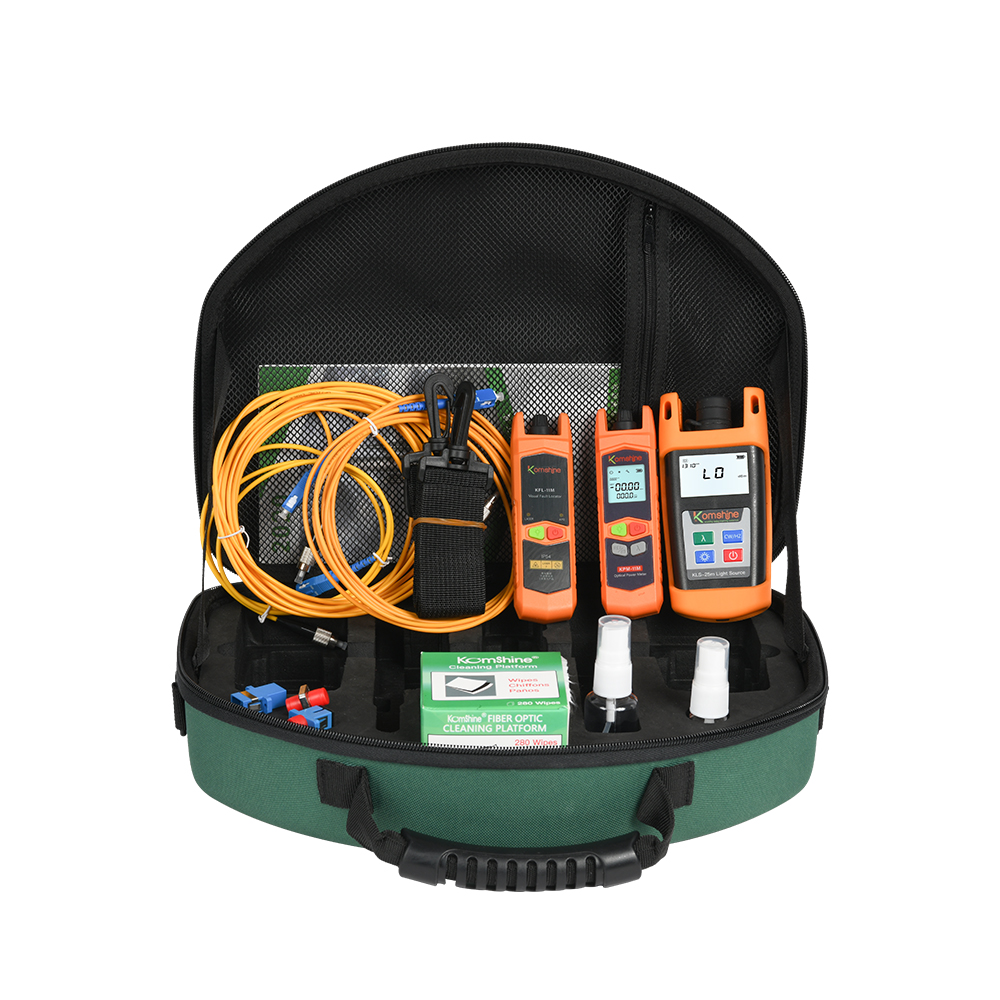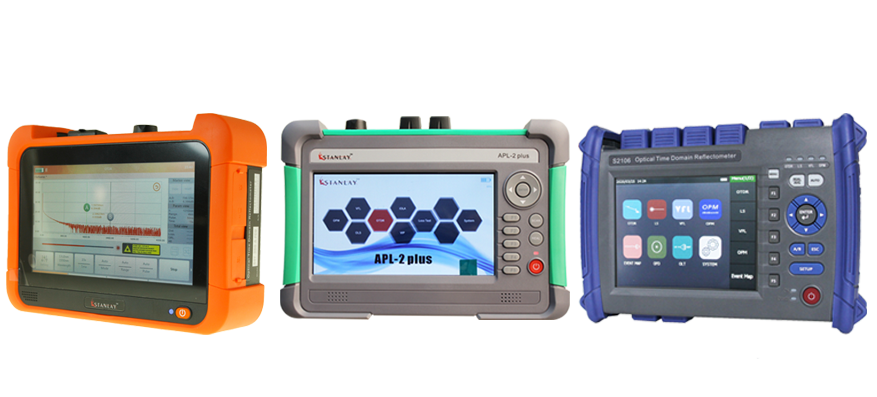Ways an optical measurement system improves dimensional inspection
Wiki Article
Understanding Just How an Optical Measurement System Enhances Precision in Industrial Applications
Optical measurement systems play a necessary function in improving accuracy across numerous industrial applications. By leveraging advanced innovations such as laser interferometry and 3D imaging sensors, these systems provide high-resolution, non-contact dimensions. This capacity minimizes the danger of damaging delicate elements while ensuring precision. The impact of these systems prolongs beyond simple dimensions. Discovering their advantages, applications, and future patterns reveals a complex landscape of development and obstacles that benefits closer evaluation.The Essentials of Optical Measurement Systems
Optical measurement systems offer as crucial tools in numerous industrial applications, offering specific information collection and evaluation. These systems make use of light as a primary means of measurement, leveraging optical principles to evaluate measurements, settings, and surface area features of items. They incorporate parts such as lasers, cams, and sensors, which collaborate to catch high-resolution pictures and data.The innovation makes it possible for non-contact measurements, decreasing the threat of damaging delicate elements. Optical measurement systems are functional, locating utility in high quality control, setting up verification, and dimensional analysis across different fields. They are specifically efficient in environments where typical measurement techniques may fail, such as gauging complex geometries or observing quick activities.
As industries remain to evolve, the integration of optical measurement systems will certainly stay critical for ensuring precision and efficiency, inevitably boosting product top quality and functional efficiency in numerous producing procedures.
Key Technologies Behind Optical Measurement
Secret technologies such as laser interferometry strategies and 3D imaging sensing units play an essential duty in the effectiveness of optical measurement systems (fibre testing equipment). These modern technologies enable precise measurements and comprehensive evaluation in numerous commercial applications. Comprehending their capabilities is important for utilizing the full possibility of optical measurement systemsLaser Interferometry Techniques
Various laser interferometry methods have actually reinvented the area of optical measurement, using extraordinary precision and precision in different commercial applications. These methods use the disturbance of coherent light waves to measure distance, displacement, and surface irregularities with nanometer-level precision. Usual methods include Michelson interferometry, which divides a light beam of light and examines phase changes, and Fabry-Pérot interferometry, understood for its high resolution in gauging small changes. Furthermore, laser Doppler interferometry uses regularity changes to assess rate, making it very useful in vibrant measurements. The versatility of these strategies permits their integration right into diverse production procedures, improving quality assurance and guaranteeing adherence to rigorous tolerances. Because of this, laser interferometry proceeds to play an essential role ahead of time industrial measurement criteria.3D Imaging Sensors
Advancements in measurement modern technology have led to the growth of 3D imaging sensing units, which play a considerable role in optical measurement systems. These sensing units capture three-dimensional information via numerous strategies such as triangulation, time-of-flight, and organized light. By precisely reconstructing the form and dimensions of things, 3D imaging sensors enhance the accuracy of measurements in industrial applications. They offer real-time feedback, promoting quality assurance and guaranteeing that components satisfy strict specifications. In addition, their capability to operate in tough environments, such as differing illumination problems, makes them very useful in manufacturing procedures. As industries significantly adopt automation, the assimilation of 3D imaging sensing units right into optical measurement systems is anticipated to drive further improvements in efficiency and precision.Benefits of Optical Measurement in Market
Typical measurement techniques have long been the requirement in commercial setups, optical measurement systems supply significant benefits that enhance precision and effectiveness. These systems utilize light to record information, causing high-resolution dimensions that are usually unattainable with traditional techniques. The non-contact nature of optical dimensions reduces the threat of damaging sensitive parts throughout the evaluation procedure. Furthermore, the rate of optical dimensions enables rapid data acquisition, promoting prompt decision-making in busy industrial atmospheres.Optical systems are adaptable, capable of measuring numerous products and forms without the need for comprehensive recalibration. This flexibility adds to improved operations and efficiency. Furthermore, the automation potential of optical measurement systems decreases human mistake, guaranteeing regular quality assurance. In general, the combination of optical measurement modern technology represents a dynamic shift towards boosted accuracy and reliability in commercial operations, ultimately bring about improved product top quality and operational performance.
Applications of Optical Measurement Systems

Optical measurement systems play a crucial function in enhancing why not find out more manufacturing procedure optimization by offering specific data for decision-making. These systems ensure quality assurance guarantee via real-time surveillance and analysis of manufacturing metrics. As markets significantly embrace these technologies, their influence on performance and product dependability comes to be apparent.
Manufacturing Process Optimization
Enhancing production procedure performance is progressively dependent on the assimilation of optical measurement systems. These systems supply real-time information on various parameters, allowing suppliers to examine procedures with a high degree of accuracy. By enabling accurate measurements of dimensions, surface area features, and material properties, optical measurement systems facilitate the identification of inefficiencies and traffic jams in assembly line. The instant feedback from these systems equips designers to make informed decisions, bring about maximized machining, setting up, and ending up procedures. The ability to monitor conditions constantly permits for flexible modifications, minimizing downtime and waste. As sectors aim for better productivity and minimized operational prices, optical measurement systems emerge as crucial devices for improving manufacturing process optimization.
Quality Assurance Assurance
The assimilation of optical measurement systems significantly effects top quality control assurance in industrial setups. These systems supply precise and non-destructive measurements, allowing suppliers to detect problems and inconsistencies early in the manufacturing process. By making use of sophisticated imaging methods, such as laser triangulation and interferometry, optical measurement systems assure that elements meet rigorous specifications. This assists in real-time surveillance, reducing waste and lessening the threat of malfunctioning products reaching the market. In addition, the data collected can be analyzed to refine manufacturing procedures additionally, causing constant improvement. Eventually, the adoption of optical measurement systems enhances reliability and consistency in top quality control, fostering greater self-confidence among stakeholders and customers alike in the end products provided.Instance Researches: Successful Applications
Numerous sectors have actually effectively incorporated optical measurement systems to improve their operational efficiency and item high quality. As an example, in the auto sector, a prominent supplier embraced a laser triangulation Continued system to monitor the alignment of lorry elements. This application greatly minimized assembly errors, leading to improved safety and minimized expenses.In the aerospace market, a leading aircraft supplier utilized optical assessment for accuracy measurements of generator blades, achieving a reduction in manufacturing resistances and far better efficiency requirements.
A customer electronic devices company implemented optical measurement innovation during the production of mobile phone displays, resulting in boosted quality control and a reduction in malfunctioning items.
These instance research studies show just how optical measurement systems not just improve precision but also add to overall functional effectiveness, showing their worth throughout numerous sectors. By dealing with specific requirements, these systems have actually confirmed to be vital devices in modern commercial applications.
Challenges and Limitations of Optical Measurement
While optical measurement systems supply significant benefits in various commercial applications, they are not without their challenges and limitations. One major issue is level of sensitivity to ecological problems, such as temperature changes, humidity, and dirt, which can adversely influence measurement precision. In addition, optical systems frequently require specific positioning and calibration, making them prone to human error during configuration and procedure. One more limitation is the potential for disturbance from ambient light, which can misshape dimensions and demand intricate filtering system methods. Furthermore, specific products and surface areas may offer problems, as reflective or transparent qualities can lead to inconsistent analyses. The price of high-grade optical elements and systems can likewise be an obstacle for some markets, limiting prevalent fostering. Finally, specialized training is typically needed for employees to properly operate and keep these systems, including to the overall complexity and operational challenges.Future Trends in Optical Measurement Technology
As developments in innovation remain to shape commercial procedures, the future of optical measurement systems is positioned for significant development. Arising patterns indicate a shift towards boosted integration of expert system and device understanding, allowing systems to analyze information in real-time, recognize patterns, and enhance decision-making processes. On top of that, the advancement of miniaturized sensing units and progressed optics is anticipated to bring about even more small and functional measurement services, making them available for a broader range of applications.Furthermore, the consolidation of 3D imaging and high-resolution capacities he said will permit extraordinary precision in measurements, which is important for industries such as aerospace and vehicle. The press for automation and Sector 4.0 will certainly likewise drive the demand for optical measurement systems that can conveniently user interface with various other modern technologies. As these trends unfold, optical measurement systems will likely end up being important to accomplishing better effectiveness and precision throughout various commercial markets.

Regularly Asked Questions
Just How Do Optical Measurement Systems Contrast to Traditional Measurement Methods?
Optical measurement systems offer higher precision and speed compared to typical techniques - fibre testing equipment. They lessen human error, boost information collection performance, and provide real-time outcomes, making them significantly liked in different industrial applications for precise dimensionsWhat Industries Benefit one of the most From Optical Measurement Systems?
Optical measurement systems substantially benefit markets such as aerospace, auto, and electronic devices. Their capacity to supply high-precision dimensions enhances top quality control, lowers production errors, and improves overall efficiency, making them necessary in affordable manufacturing atmospheres.Can Optical Measurement Systems Be Personalized for Specific Applications?
Optical measurement systems can indeed be personalized for certain applications. By changing criteria such as wavelength, resolution, and calibration strategies, industries can customize these systems to satisfy distinct precision and accuracy needs properly.What Is the Upkeep Need for Optical Measurement Systems?
The upkeep demands for optical measurement systems typically consist of regular calibration, cleansing of optical components, and software program updates. Adhering to these methods warranties precision, integrity, and longevity of the measurement devices in numerous applications.How Do Environmental Aspects Affect Optical Measurement Precision?
Environmental variables, such as temperature level fluctuations, humidity, and dust, considerably influence optical measurement precision. These elements can misshape light paths and disrupt sensing unit readings, inevitably jeopardizing the integrity and precision of dimensions in commercial settings.Report this wiki page